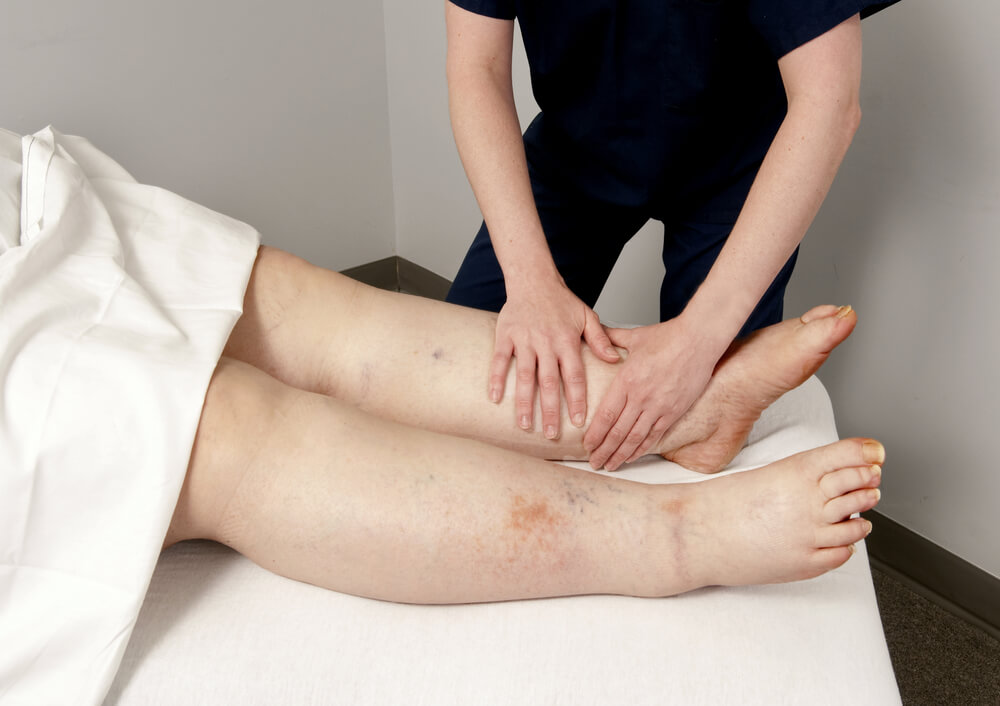Lifting your coffee cup. Walking with your grandchildren. Putting on your shoes. A condition called lymphedema can lead to all these difficulties.
This condition is far more common than most people realize. In fact, medical researchers report that about 1 in every 1,000 Americans is affected by secondary lymphedema. Physical therapy can be an effective treatment option for lymphedema, but you’ll need to know as much as possible about this condition to get the most benefit from your therapy.
What is lymphedema?
Lymphedema refers to the swelling of your arms or legs caused by damage to or removal of the lymph nodes. This condition typically causes your arm or leg to swell due to the buildup of lymph fluid. You may also experience pain and decreased range of motion in the affected limb. Further, lymphedema increases your risk of developing an infection. It also raises your risk of a rare type of cancer known as lymphangiosarcoma.
Unfortunately, there is no cure for lymphedema, but patients can experience their best quality of life with medical assistance from physical therapists.
How do physical therapists treat lymphedema?
The goal of physical therapy for lymphedema is to help reduce swelling and manage pain. Lymphedema is more easily treated when it’s caught early, so it’s important to seek medical assistance as soon as you notice persistent swelling in your arms or legs.
Physical therapists work closely with their patients to develop personalized treatments for conditions like lymphedema. Depending on how bad your lymphedema symptoms are and other factors like age and health, your treatment plan may include some of the following techniques:
- Therapeutic exercise — Exercising and moving the swollen limb helps the lymph fluid drain, which should help reduce swelling and pain.
- Soft tissue mobilization — Physical therapists specialize in this type of manual therapy. It can help promote lymph fluid drainage.
- Compression — Wrapping and compressing the affected limb encourages lymph fluid to continue moving rather than building up and swelling in one area.
- Aquatic therapy — Exercising in water can allow you to perform exercises that are too hard for you to do on land. The hydrostatic pressure from the water can also help reduce swelling and pain.
Peak Performance offers effective lymphedema physical therapy
Not sure where to find the lymphedema physical therapy you need? Look no further than our team of physical therapists at Peak Performance. We offer free screenings intended to help us learn exactly how lymphedema is affecting you. Our team also excels at building individualized therapy plans to treat the symptoms of this condition.
Things keeping you at home? Don’t worry! We offer virtual care sessions that can help you get effective therapy without leaving your own home. Additionally, you can start getting our help without a doctor’s referral.
Take the next step to start getting our help with lymphedema. Contact us today for more information about our therapy options or to schedule an initial appointment.


